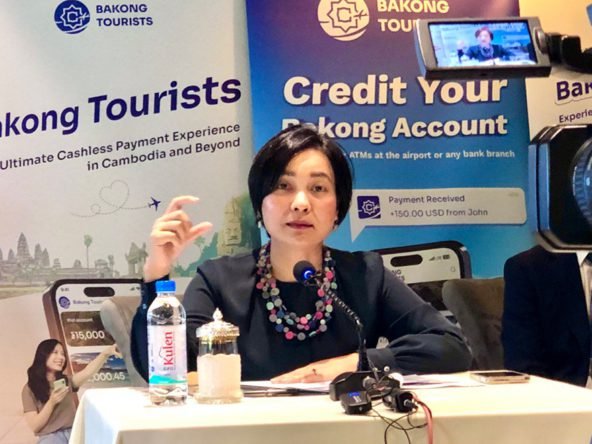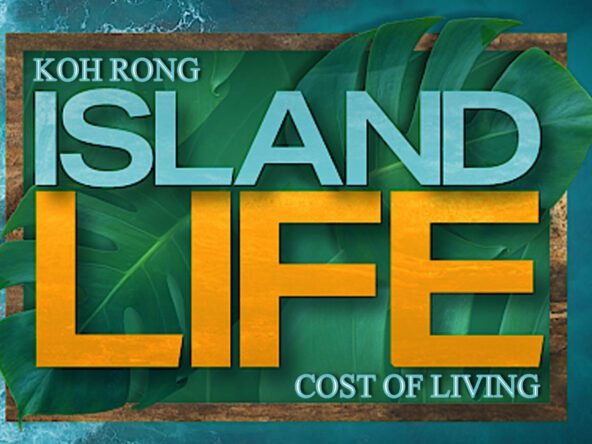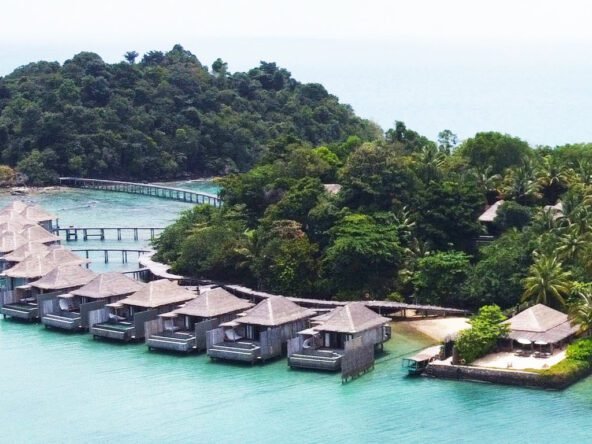Introduction to Visa Options in Southeast Asia
Visas Comparisons for Foreigners in Cambodia, Vietnam, the Philippines, and Thailand – Southeast Asia is a region renowned for its vibrant cultures, stunning landscapes, and welcoming communities, making it a favored destination for travelers, expatriates, and digital nomads alike. Understanding the various visa options available in countries such as Cambodia, Vietnam, the Philippines, and Thailand is crucial for anyone planning an extended stay in this part of the world.
Each country offers distinct visa categories tailored to different needs, from short-term tourist visas to long-term residence permits. These visa options are pivotal in facilitating a smooth and lawful stay, ensuring that foreigners can fully immerse themselves in the local culture and economy. For instance, Cambodia’s relaxed visa policies have garnered attention from digital nomads seeking a flexible lifestyle, while Vietnam’s business visas attract professionals looking to tap into the country’s burgeoning markets.
The Philippines, known for its friendly population and beautiful islands, offers several visa types that cater to retirees and individuals seeking permanent residency. On the other hand, Thailand’s robust visa framework supports a wide array of foreign nationals, from tourists to entrepreneurs, contributing to its reputation as a hub for international business and tourism.
Economic and cultural factors significantly influence the popularity of these destinations. Thailand’s dynamic economy and strategic location in Asia make it a prime choice for business ventures. Vietnam’s rapid economic growth and cultural richness appeal to young professionals and tourists. The Philippines’ English-speaking populace and affordable cost of living attract retirees and expats. Lastly, Cambodia’s unique heritage and emerging economy draw a diverse array of foreigners seeking new opportunities.
By understanding the visa requirements and options available in these countries, foreigners can better plan their travels and relocations, ensuring a fulfilling and legally compliant experience in Southeast Asia.
Cambodia: Visa Types and Requirements
Cambodia offers a variety of visa options catering to different needs of foreigners, from short-term visits to long-term stays. The most common visa type is the tourist visa (T-class), which allows visitors to stay in Cambodia for up to 30 days. This visa is relatively straightforward to obtain, requiring a valid passport, a passport-sized photo, and a completed application form. The visa fee is approximately $30 and can be extended once for an additional 30 days for a fee of around $45.
For those intending to conduct business, the business visa (E-class) is a more suitable option. This visa, also known as the Ordinary Visa, initially allows a stay of 30 days, but it can be extended indefinitely in increments of 1, 3, 6, or 12 months. The required documentation includes a valid passport, a recent photograph, and an invitation letter from a Cambodian company or organization. The extension fees vary depending on the duration, ranging from $100 for a 1-month extension to $300 for a 12-month extension.
Individuals looking for long-term stay options can consider the retirement visa (ER-class). This visa is designed for retirees and does not permit employment. Applicants must be 55 years or older and provide proof of financial stability, such as a pension statement or bank account details. The initial visa is valid for 30 days, with one-year extensions available for approximately $300.
Recent changes in Cambodian visa policies include the introduction of online visa applications, which streamline the process for tourists and business travelers. Additionally, specific nationalities, such as ASEAN member states, may benefit from visa exemptions or simplified procedures. It is advisable to check the latest updates from the Cambodian Ministry of Foreign Affairs or consult with a Cambodian embassy for detailed and current information.
Vietnam: Navigating Visa Regulations
For foreigners considering a visit or extended stay in Vietnam, understanding the various visa options is crucial. Vietnam offers several visa types, each catering to different needs and durations. The most common visas include tourist visas, business visas, work permits, and long-term residency options.
Tourist visas are ideal for short-term visits, typically allowing stays of up to 30 or 90 days. Applications can be processed online through the e-visa system or at Vietnamese embassies and consulates. Required documents usually include a passport with at least six months of validity, a completed application form, and a passport-sized photo. The cost of a tourist visa ranges from $25 to $50, depending on the length of stay and the processing speed chosen.
For those intending to conduct business in Vietnam, a business visa is more appropriate. This visa can be valid for up to one year and allows multiple entries and exits. To apply, applicants need a sponsorship letter from a Vietnamese company, a valid passport, and a completed application form. Business visas generally cost between $80 and $200, based on the duration and number of entries.
Work permits are essential for foreigners planning to take up employment in Vietnam. Obtaining a work permit requires a labor contract with a Vietnamese company, proof of qualifications and experience, a health certificate, and a police clearance certificate from the applicant’s home country. Work permits are valid for up to two years, with an estimated cost of around $400 to $600, inclusive of processing fees.
Long-term residency options, such as the Temporary Residence Card (TRC), are available for those looking to stay in Vietnam for extended periods. The TRC is typically issued to investors, employees, and family members of Vietnamese citizens. It is valid for one to three years and requires a valid passport, a sponsorship letter, and other supporting documents. The cost ranges from $100 to $200, depending on the duration of the residency.
Recent changes in visa regulations include the introduction of a 90-day e-visa and a new policy allowing visa-free entry for citizens of certain countries. To ensure a smooth application process, it is advisable to double-check all required documents, apply well in advance of travel dates, and consult with a visa service provider if needed.
The Philippines and Thailand: Comparing Visa Options
When considering a move to Southeast Asia, the Philippines and Thailand present attractive options for foreigners. Both countries offer a variety of visas tailored to different needs, including tourist visas, business visas, and long-term stay options such as retirement visas. Understanding the differences in application processes, required documentation, fees, and validity periods is crucial for making an informed decision.
In the Philippines, tourist visas are typically granted for 30 days upon arrival, with the possibility of extending up to six months. The application process is straightforward, requiring a valid passport, return ticket, and proof of sufficient funds. Business visas in the Philippines are available for short-term and long-term stays, with requirements that include an invitation letter from a Philippine-based company, proof of business activities, and relevant financial documents. For those considering a more permanent stay, the Philippines offers the Special Resident Retiree’s Visa (SRRV), which requires a deposit into an approved bank and proof of pension or regular income.
Thailand, on the other hand, offers a 60-day tourist visa, which can be extended by an additional 30 days. The visa requirements include a valid passport, return ticket, and proof of sufficient funds. For business purposes, Thailand’s Non-Immigrant B visa is available, necessitating an invitation letter from a Thai company, proof of business activities, and financial documentation. For retirees, Thailand provides the Non-Immigrant O-A visa, which requires proof of sufficient funds in a Thai bank account, a police clearance certificate, and a medical certificate.
Both countries have experienced recent policy changes aimed at streamlining visa processes. The Philippines has introduced an online application system for certain visa types, reducing processing times. Thailand has also implemented an e-visa system for some nationalities, making it easier to apply from abroad. Additionally, both nations have increased scrutiny on financial documentation to ensure applicants have the means to support themselves.
For foreigners contemplating a move to either the Philippines or Thailand, it is advisable to thoroughly research the specific visa requirements and processes. Consulting with immigration experts or legal advisors can also provide valuable insights and assist in navigating the complexities of visa applications.





